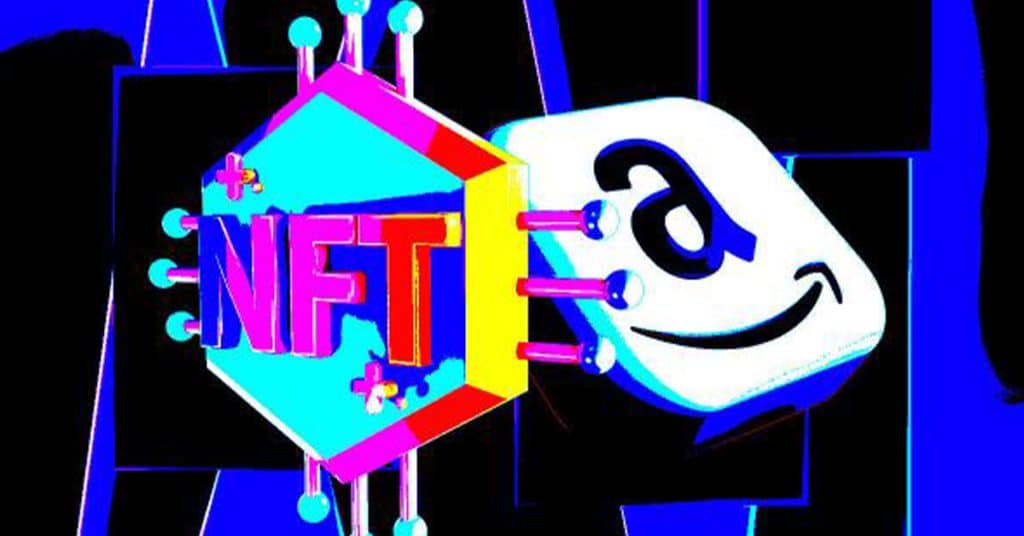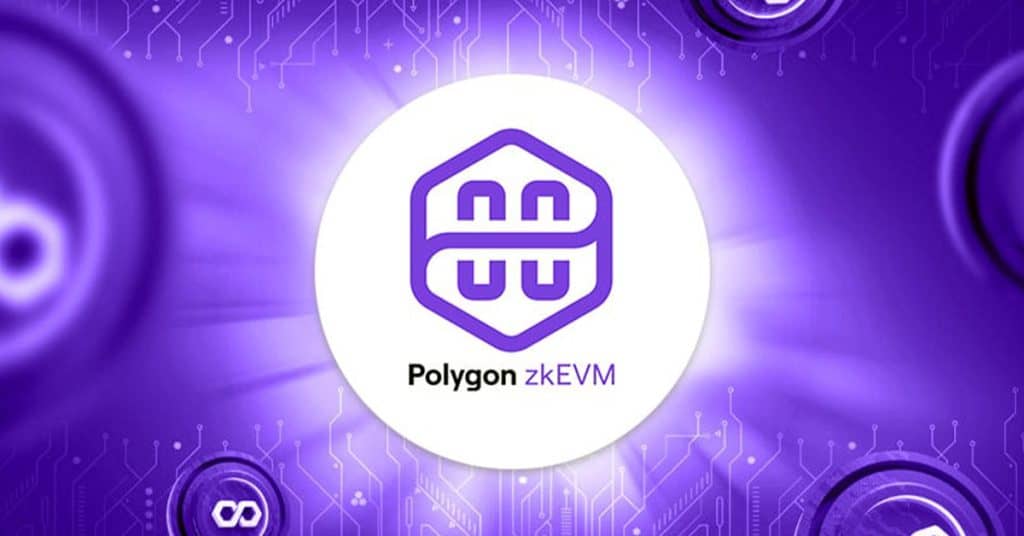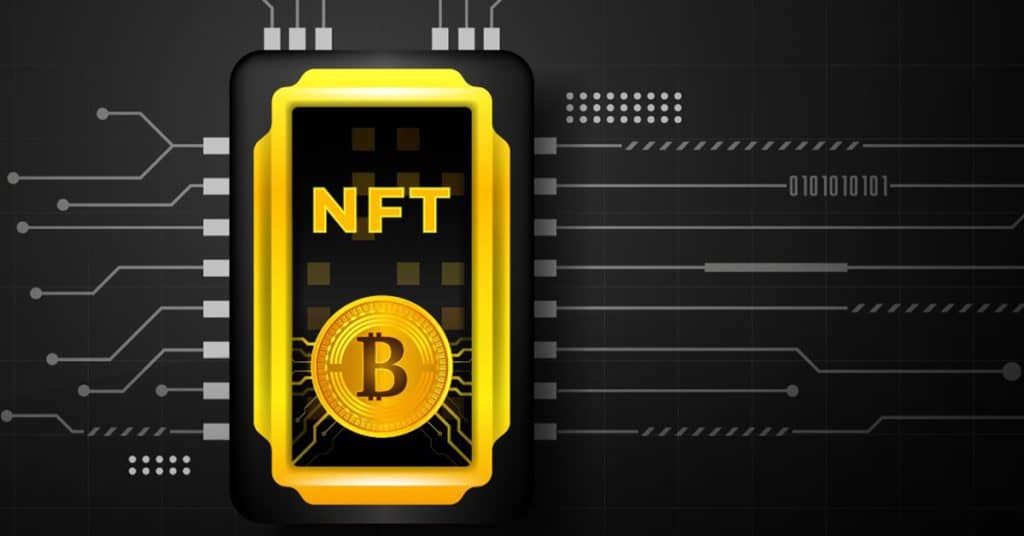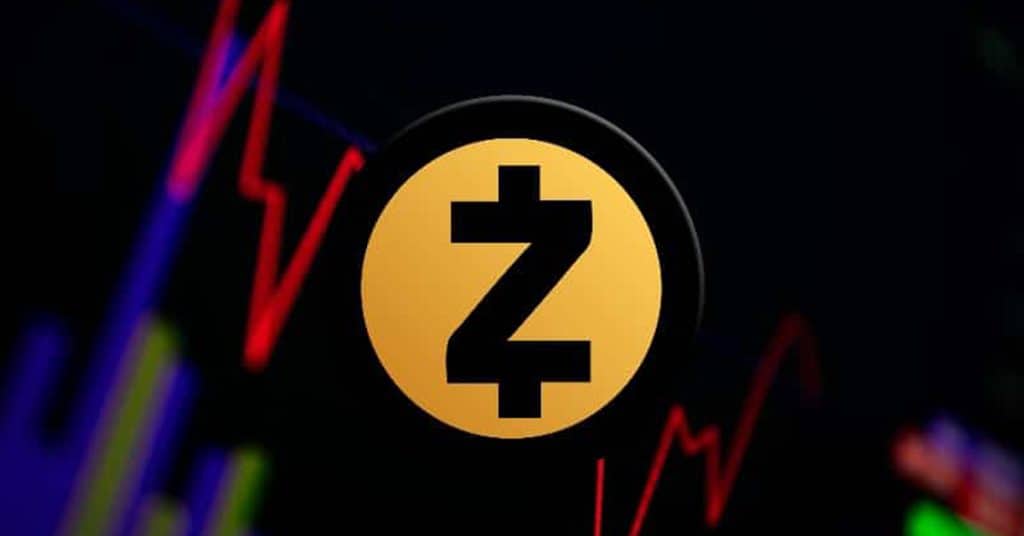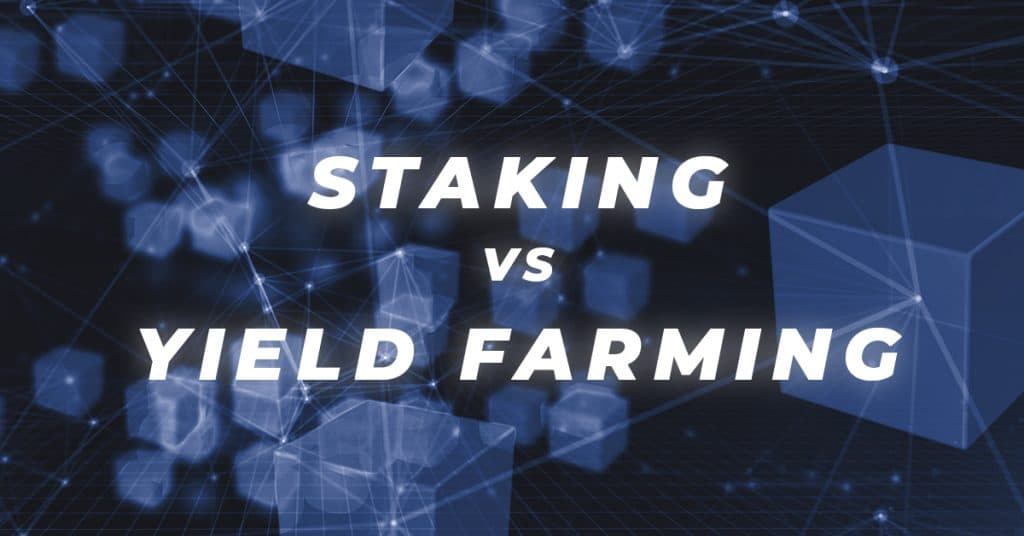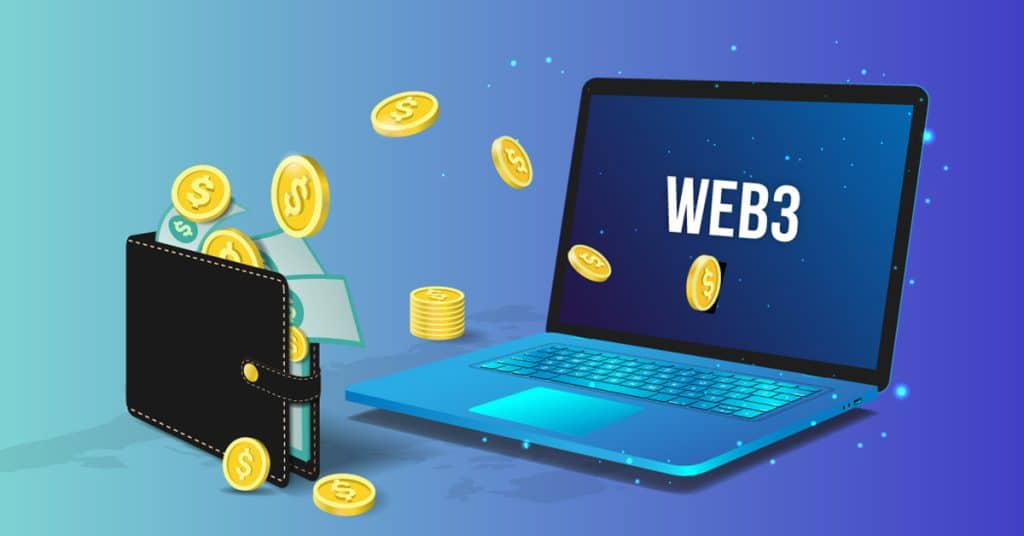The Upcoming Ethereum Shanghai Upgrade: 3 Big Improvements
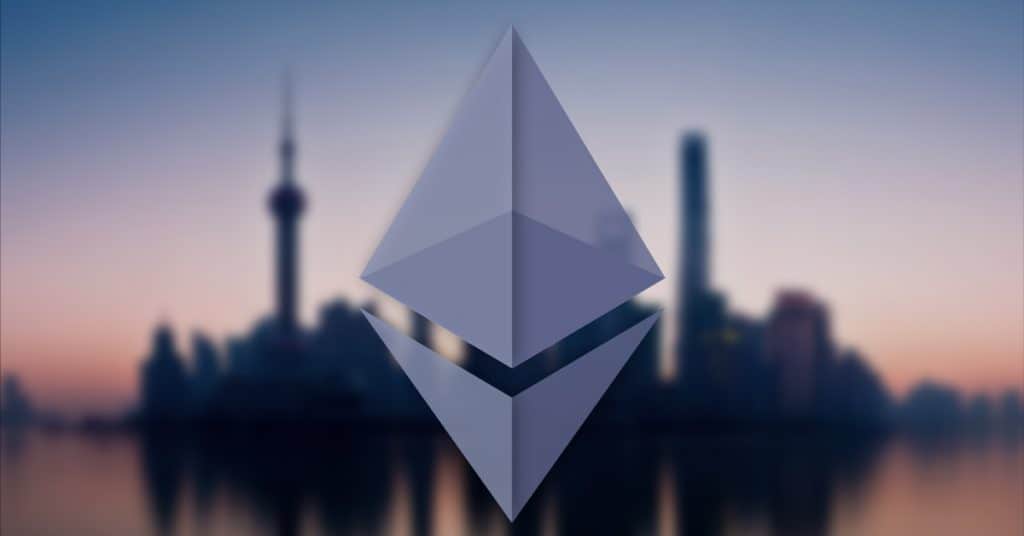
The Ethereum Shanghai upgrade, scheduled for the second half of 2023, will be the first update since the Merge of September 2022. Shanghai is less spectacular and less high-risk, but important. The upgrade has 3 main changes:
- People who currently stake their ETH will finally be able to withdraw.
- The transaction fees that builders pay will be lower.
- Layer 2 will get some scalability improvements.
In Ethereum's roadmap, the Shanghai upgrade would be part of phase 2, the Surge - even though these phases are not precisely sequential. The list of proposals for the Shanghai upgrade are currently (December 2022) slated for a review. So we don't know the exact list yet. But it's likely that what will come out will make the following three upgrades possible.
1: Finally Withdrawing Your Staked ETH
Perhaps the most anticipated proposal is EIP 4895, which will allow for those who have Ether staked on the Beacon Chain to withdraw, along with any rewards they have earned over time.
Currently, anyone who staked ETH as part of the validator process on the Beacon Chain has not been able to withdraw their stake or their rewards directly. Instead, the only option was to wait or to get involved in liquid staking, in which case you got a staked ETH token that you could trade - and that mostly but not always traded close to the price of 1 ETH.
Two types of withdrawal unlocks are expected post-Shanghai: partial and full withdrawals.

